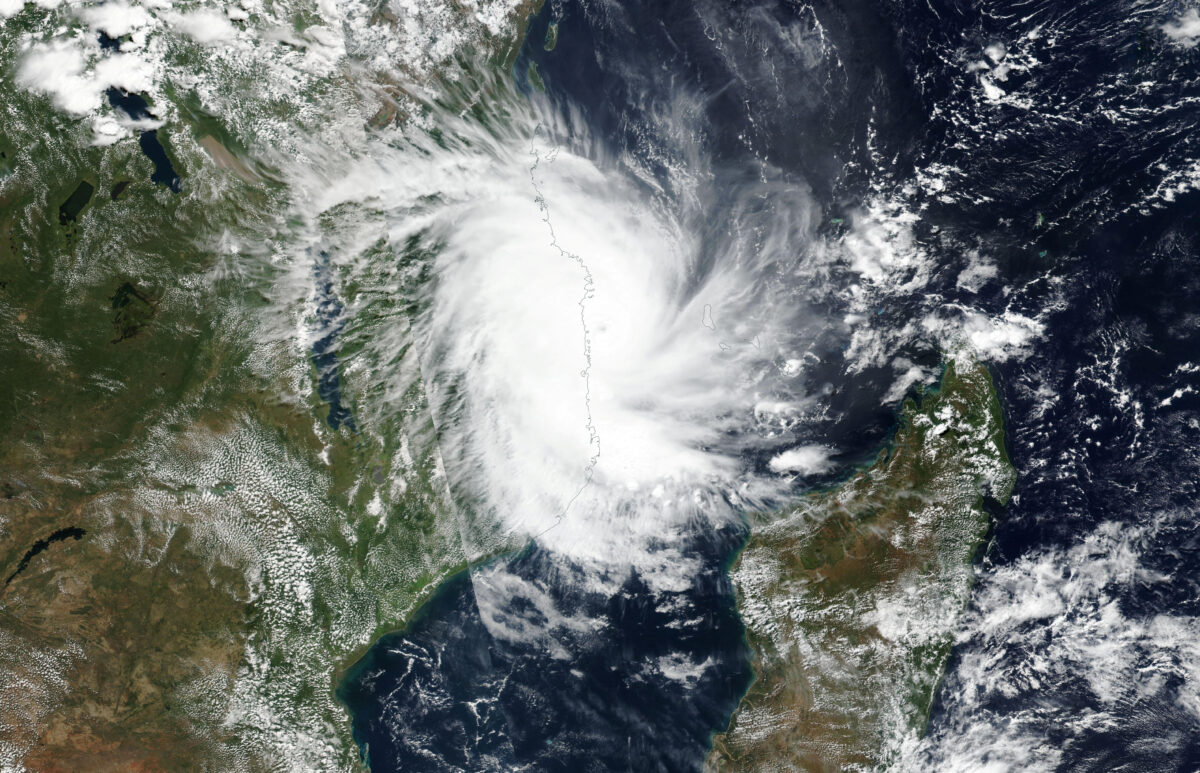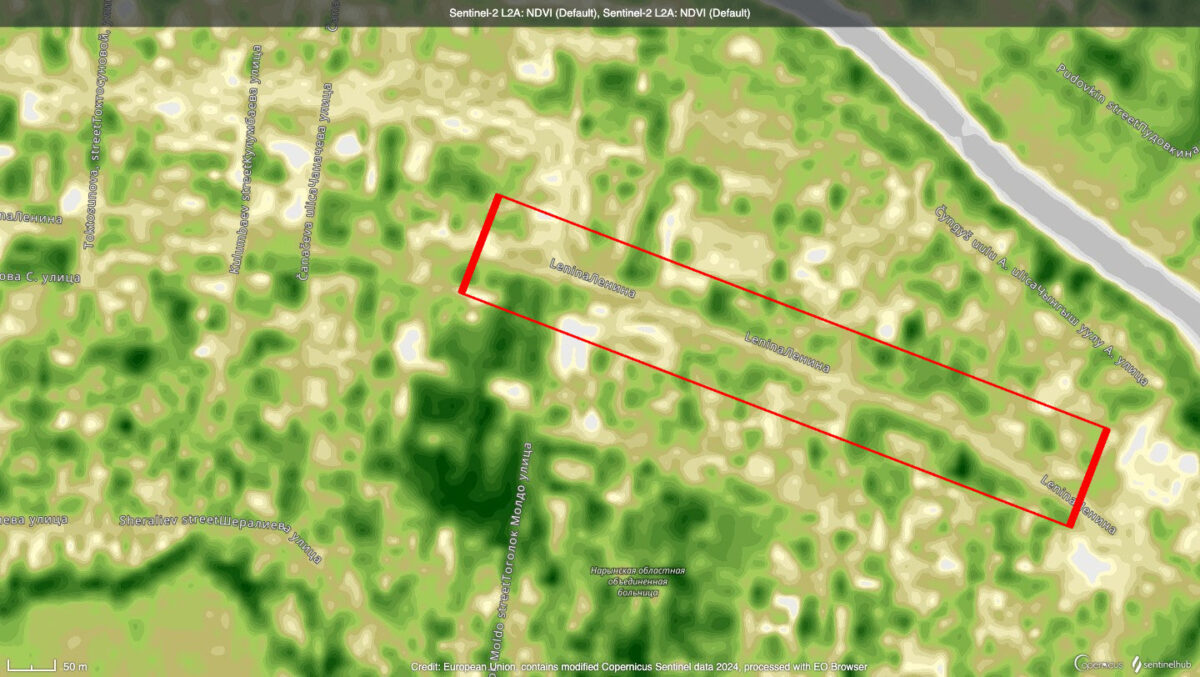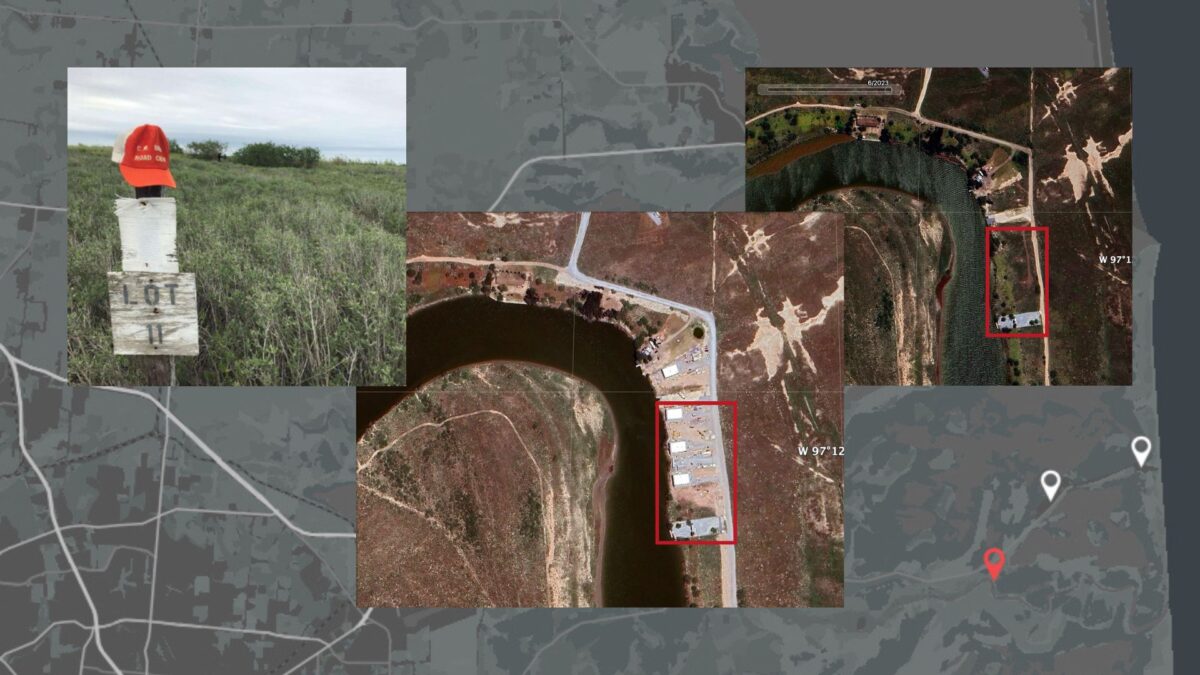The Iranian-built Sorocaima Reflagged
Previously, I wrote about Iran’s construction of the Sorocaima for Venezuela’s PDVSA in what was supposed to be a four tanker deal. Despite Iranian news stories to the contrary, the vessel was never delivered, largely due to Venezuela’s mismanagement of the economy. It also seems apparent that Iran’s burgeoning strategic relationship with the country was also slain in the process. We’ve heard nothing else about Iran building a shipyard in the debt laden country.
Since I wrote about the vessel back in May, it would appear Iran took my advice and enlisted the tanker in its own fleet. According to AIS data, the ship now flies the Iranian flag and was renamed the Arita. It’s been floating off the coast of Bushehr for a big part of 2015.
Like many of Iran’s other crude carriers, it seems likely the Arita may also be operating as floating storage. However, it appears several of those tankers may have already made a break for the export market. For example in July, Platts, among others, reported that the VLCC, the Starla [aka the former Salween, former Atlantis, former Strength] set sail for Singapore. Given China, India, Japan, and South Korea remain the country’s largest customers, the movement was hardly a surprise.
In late August, the energy news outlet also showed where four more tankers had left floating storage in the Gulf. At the same time oil prices kept retreating. August saw Brent, the global price benchmark, fall to $42 a barrel, a new five year low. With more and more Iranian tankers potentially moving further afield in anticipation (or perhaps even preempting) sanctions relief, it seems likely prices won’t see a substantial rally before Iran opens the oil spigots. [1]
Iran has said that it plans to produce around 3.9 million barrels of oil a day by March 2016. It sees output rising by 500,000 barrels a day after sanctions are lifted and by 1 million barrels within the following five months. The IMF however, is a bit more cautious projecting Iran adding 800,000 barrels within two years. Eventually, Iran wants to see output at 5.7 million barrels a day, a lofty goal and a level closer to pre-revolution peaks. To help make that happen, the country has agreed on a new contract model where outside investors would get paid higher service fees than under the old model.
Since Iran’s oil and gas sector has been crippled due to the lack of outside capital, the country stands to gain much ground with sanctions relief. With low operating costs per barrel and the world’s fourth largest proven oil reserves, Iran remains an attractive investment destination. However, it’s estimated Iranian producers will require around $100 billion to get production near the levels they want.
Mehdi Hosseini, head of Iran’s Oil Contracts Restructuring Committee, expects see up to 50 projects totaling $185 billion unveiled by next year. But the World Bank estimates that foreign direct investment may only increase to around $3 billion during 2016.
Bottom line, while expectations remain high as Iran returns to energy superpower status, we shouldn’t expect too much too soon.
Notes
[1] However to date, there’s been no confirmation that the vessels have discharged their cargoes.




